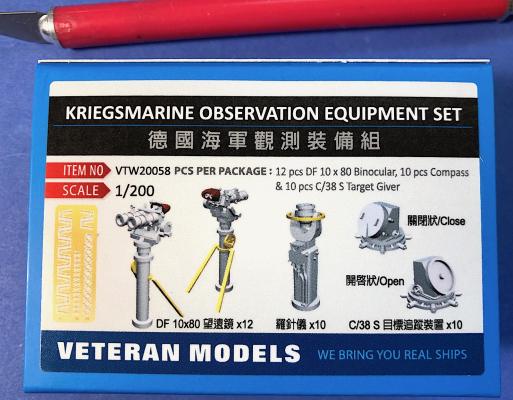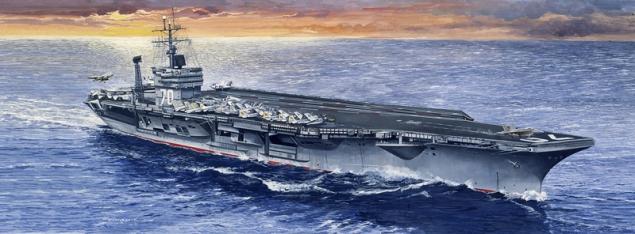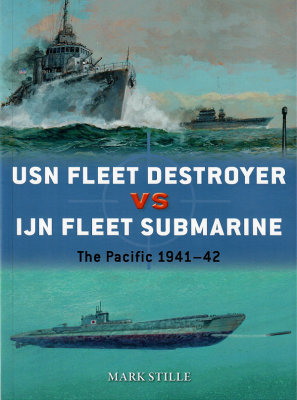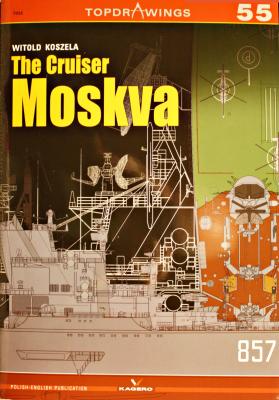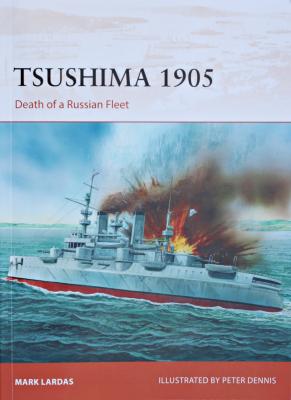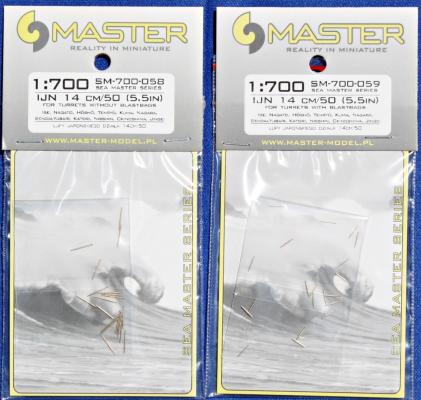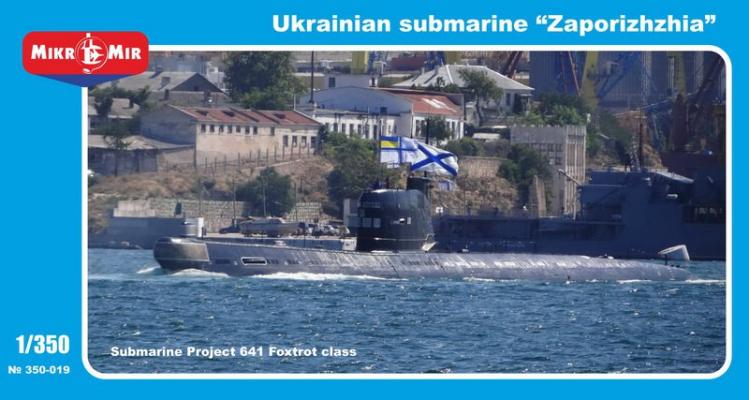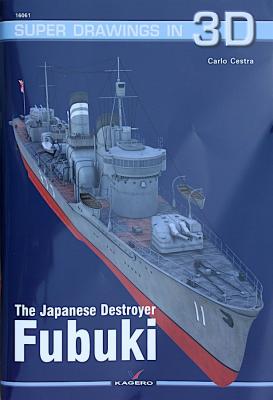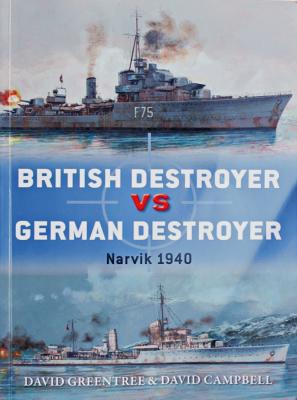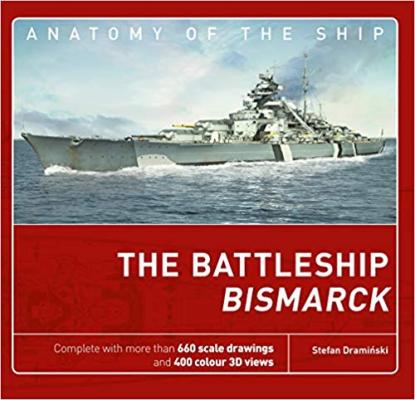Background
For directing the 38cm and 15cm guns, Bismarck was equipped with three armored fire control posts (in the conning tower, on the foretop, and on top of the aft superstructure. The main and aft control posts were equipped with 10.5m rangefinders, while the front control post received a 7m rangefinder. Each station was also equipped with optical target givers (Zielgeber C/38 S), two pieces in the aft post and three each in the fore and main posts. Binocular columns were also probably placed in the fire control posts. Veteran Models provides a diagram of the Bismarck showing possible locations for the equipment. The Battleship Bismarck By Stefan Draminski

